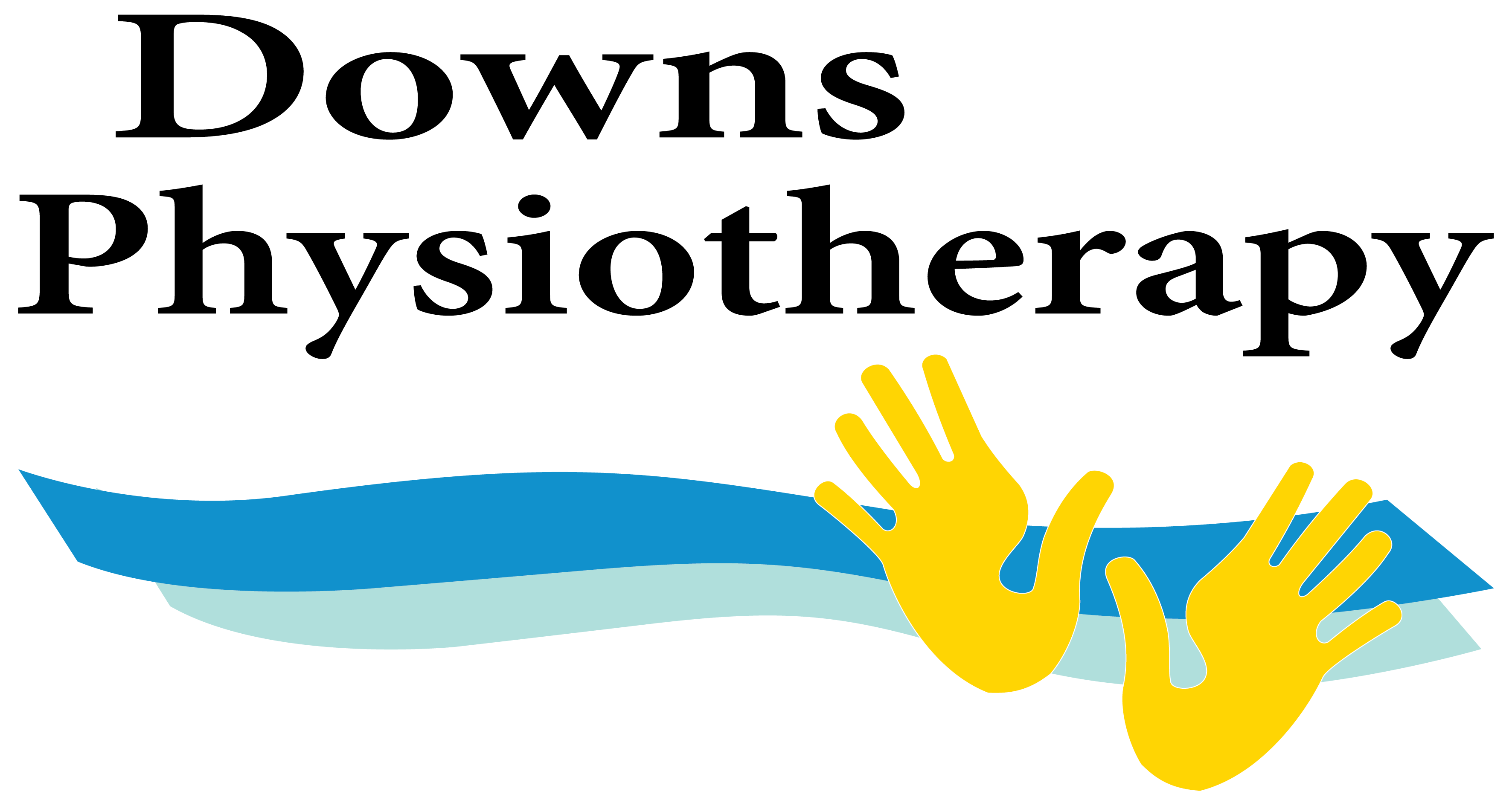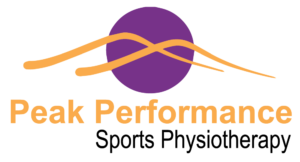Your head is heavy and balanced on a narrow support made up of seven bones called vertebrae. The vertebrae are separated from each by discs, stabilised by joints and ligaments and moved by muscles. Because the neck is so mobile, it is easily damaged or stressed. Injury and postural problems are the most common cause of neck pain. Diseases such as arthritis and degeneration of the discs can also cause pain.
Symptoms of Neck Injuries
- neck pain at rest and on movement.
- limited range of motion in the neck and upper back.
- headaches, both occipital and temporal.
- pain radiating down the arm, either side.
- paraesthesia or numbness down the arm into the fingers.
- chronic ache in the neck and upper back when sleeping, driving or at work.
Physiotherapy Treatment of Neck Pain
- To find out the cause of the pain. Where the pain is and how it behaves gives indications to the physio about where the underlying pathology might be found and what the treatment approach might be.
- The objective examination begins by looking at the posture of the trunk, neck, shoulders and arms. A humped thoracic spine with rounded shoulders and a poking chin are a common postural abnormality that can lead to pain.
- Cervical ranges of movement are tested. The response to movement testing will help the physio understand the kind of neck pain problem and how to start treating it. Muscle strength, sensation and reflexes are tested to ascertain that the nerve conduction to the arms is working well.
- Mobilisation techniques to assess the spinal joints are used. Using their thumbs or the heel of the hand, the physio presses down on the spinal processes or side joints of the cervical spine. This allows some specific conclusions to be drawn when the pain symptoms come on at one particular spinal level and not another. Treatment will be aimed at these levels.
- Mobilisation techniques are a core manual skill for physiotherapists and abnormal joint mechanics, known as dysfunctions, can be identified by palpation of the main spinal and facet joints by the physio. Treatment can use repetitive small movements to relieve pain and encourage normal motion. Any increases in movement gained by treatment is maintained by home exercises.
- Typical physio treatments are exercise programs, nerve mobilizing techniques, correction of poor posture, trunk segmental mobilization and strengthening of the deep flexor muscles of the cervical spine.

